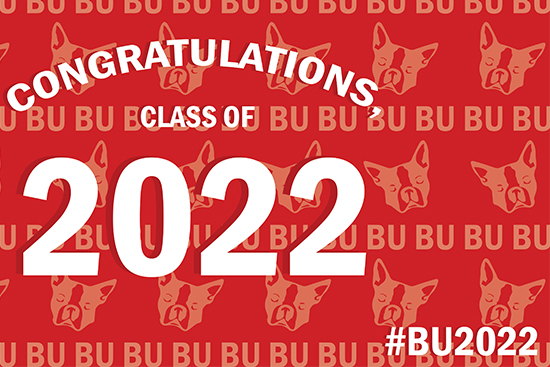Background
When I worked at Boston University Admissions, we typically saw more than 60,000 applicants competing for just over 3,000 spots in BU’s incoming class. We would release Regular Decision notifications in mid-March, and admitted students would have until May 1 to decide where they would ultimately attend. Many of these high school students were admitted to multiple schools and had a short window to decide where to attend college.
The #BU2022 Campaign
During that month and a half period, we would run an annual social media campaign, utilizing the incoming class’s hashtag. In 2018, that hashtag was #BU2022. The campaign would kick off with Decision Day, when we let applicants know whether or not they were accepted. As the department’s Digital and Social Media Manager, it was my job to connect with admitted students on social media, and I would personally reply to every student who used our hashtag and help welcome them to the university. Much of that work happens on Decision Day, and in 2018, our posts were so popular that our hashtag was trending in the New England area.
In addition to engagement, I was also responsible for developing all social media content for our @ApplytoBU channels. To get students excited about the community they were joining, we utilized our #TerrierTuesdays hashtag to feature admitted students and created a Facebook group for the Class of 2022, which has more than 7,000 members including admitted students and other members of the BU community. To answer any questions students might have, we hosted Snapchat takeovers featuring current students. To help students make their decision, we hosted events on-campus, off-campus, and online, promoting all of these on our social media channels.
Results
By May 2018, #BU2022 posts saw 22,200 engagements and reached 2.1 million people. Boston University Admissions ultimately reached its goal as well, admitting an impressive class with yield – a term used to describe the number of students who choose to enroll in an institution after being admitted – going up from 23 to 27.6 percent. Social media was just a part of our success, but it’s safe to say that it played a valuable role.
Additional examples from the campaign:
